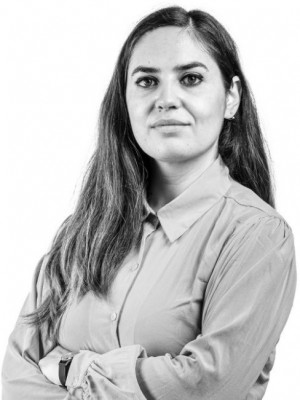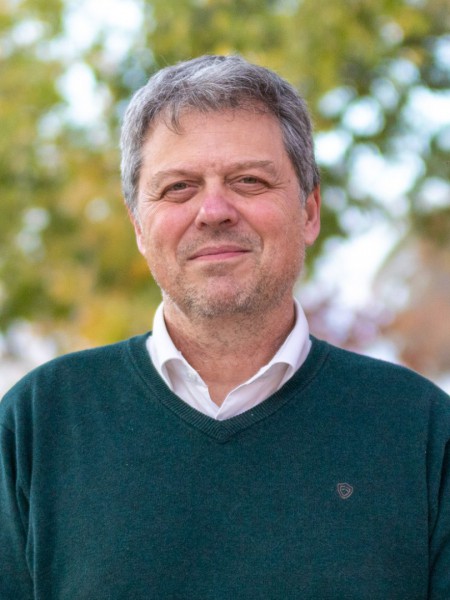abstract
The stimulation of mesenchymal stromal cells (MSCs) with inflammatory molecules is often used to boost their therapeutic effect. Prolonged exposure to inflammatory molecules has been explored to improve their action because MSCs therapies seem to be improved transiently with such stimuli. However, the possibility of cyclically stimulating MSCs to recover their optimized therapeutic potential is still to be elucidated, although the efficacy of cell-based therapies may be dependent on the ability to readapt to the relapse pathological conditions. Here, the response of MSCs, encapsulated in alginate hydrogels and cultured for 22 d, is explored using three different regimes: single, continuous, and intermittent stimulation with IFN gamma. Exposure to IFN gamma leads to a decrease in the secretion of IL-10, which is cyclically countered by IFN gamma weaning. Conditioned media collected at different stages of pulsatile stimulation show an immunomodulatory potential toward macrophages, which directly correlates with IL-10 concentration in media. To understand whether the correlation between cyclic stimulation of MSCs and other biological actions can be observed, the effect on endothelial cells is studied, showcasing an overall modest influence on tube formation. Overall, the results describe the response of encapsulated MSCs to unusual pulsatile simulation regimens, exploring encapsulated MSCs as a living on-demand release system of tailored secretomes with recoverable immunomodulatory action. Secretomes obtained from mesenchymal stem cells encapsulated in alginate hydrogels are modulated for long-term in vitro culture periods, up to 22 d, using different stimulation regimens with IFN gamma. Exposure to IFN gamma confers pro-inflammatory activity to the collected secretomes, and this profile is cyclically recovered with subsequent IFN gamma administrations. image
keywords
STEM-CELLS; INTERFERON-GAMMA; CYTOKINE; SUPPRESSION; CONTACT; SERUM
subject category
Engineering; Science & Technology - Other Topics; Materials Science
authors
Sousa, AR; Gonçalves, DC; Neves, BG; Santos-Coquillat, A; Oliveira, MB; Mano, JF
our authors
Projects
Advancing the Regenerative and Translational Potential of Cellular Fibers (CellFi)
CICECO - Aveiro Institute of Materials (UIDB/50011/2020)
CICECO - Aveiro Institute of Materials (UIDP/50011/2020)
Associated Laboratory CICECO-Aveiro Institute of Materials (LA/P/0006/2020)
Collaboratory for Emerging Technologies, CoLab (EMERGING TECHNOLOGIES)
acknowledgements
This work was supported by the Programa Operacional Competitividade e Internacionalizacao, in the component FEDER, and by national funds (OE) through FCT/MCTES, in the scope of the project "CellFi," PTDC/BTM-ORG/3215/2020 (DOI 10.54499/PTDC/BTM-ORG/3215/2020). This work was developed within the scope of the project CICECO-Aveiro Institute of Materials, UIDB/50011/2020 (DOI 10.54499/UIDB/50011/2020), UIDP/50011/2020 (DOI 10.54499/UIDP/50011/2020) & LA/P/0006/2020 (DOI 10.54499/LA/P/0006/2020), financed by national funds through the FCT/MCTES (PIDDAC). M.B.O. acknowledges national funds through FCT - Fundacao para a Ciencia e a Tecnologia, I.P., under the Scientific Employment Stimulus - Institutional Call - CEECINST/00013/2021. A.R.S. acknowledges the Ph.D. grant SFRH/BD/145765/2019.




